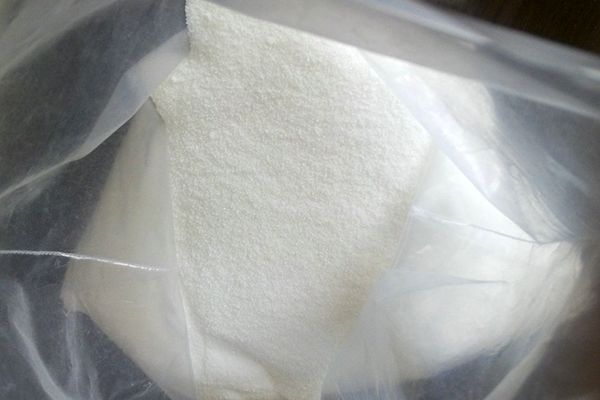Standard dosage of food grade sodium metabisulfite
Sodium metabisulfite and potassium metabisulfite are only one word difference, they can be used as antioxidants, but sodium metabisulfite can also be used as a color protector, so what are the standards for the use of these two food additives? ? Which food can be used? The following is a brief introduction by the editor of Xianji.com.
Brief introduction of sodium metabisulfite: it has been included in the "National Food Safety Standard Food Additive Use Standard" (GB 2760-2014), which is allowed to be used for surface-treated fresh fruits, dried fruits, candied fruits, dried vegetables, pickled vegetables , Dried edible fungi and algae, yuba, canned nuts and seeds, cocoa products, chocolate and chocolate products, edible starch, biscuits, sugar, starch sugar, flavored syrup, semi-solid compound seasoning, fruit and vegetable juice (pulp) , Wine and fruit wine and other food categories, the application scope of this application is expanded to canned vegetables (food category 04.02.02.04) and soybean protein processing technology.
The Codex Alimentarius Commission, the European Commission, Australia and New Zealand Food Standards Agency, etc. approved its use as a color protectant, antioxidant or processing aid for the food industry. According to the assessment results of the Joint Expert Committee of Food and Agriculture Organization of the United Nations Food and Agriculture Organization, the daily allowable intake of the substance does not exceed 0.7mg/kg bw (calculated as sulfur dioxide).
Scope of use of sodium metabisulfite: this substance is used as a color protectant and antioxidant in canned vegetables (food category 04.02.02.04) to improve product quality and suppress browning of products during shelf life; used as a processing aid for food industry in soybeans The protein processing technology reduces the viscosity of the product during processing and is beneficial to production and processing. The quality specification of the substance should implement "Food Additive Sodium Metabisulfite" (GB 1886.7-2015). 》Click to know the harm of sodium metabisulfite
Brief introduction of potassium metabisulfite: It has been included in the "National Food Safety Standard Food Additive Use Standard" (GB 2760-2014), which is allowed to be used in dried fruits, candied fruits, dried vegetables, pickled vegetables, dried food Fungus and algae, yuba, canned nuts and seeds, cocoa products, chocolate and chocolate products, edible starch, biscuits, sugar, starch sugar, flavored syrup, semi-solid compound seasoning, fruit and vegetable juice (pulp), wine and fruit wine, etc. For the food category, the scope of application of this application is expanded to compound wine (food category 15.02).
The Codex Alimentarius Commission, the European Commission, Australia and New Zealand Food Standards Agency, etc. approved its use as an antioxidant and preservative in food. According to the assessment results of the Joint Expert Committee of Food and Agriculture Organization of the United Nations Food and Agriculture Organization, the daily allowable intake of the substance does not exceed 0.7mg/kg bw (calculated as sulfur dioxide).
Potassium metabisulfite use range: This substance is used as an antioxidant and preservative in the preparation of wine (food category 15.02) to prevent oxidative precipitation and browning of wine products. Its quality specifications should implement "Food Additive Potassium Metabisulfite" (GB 25570-2010).

